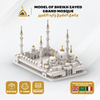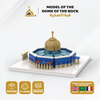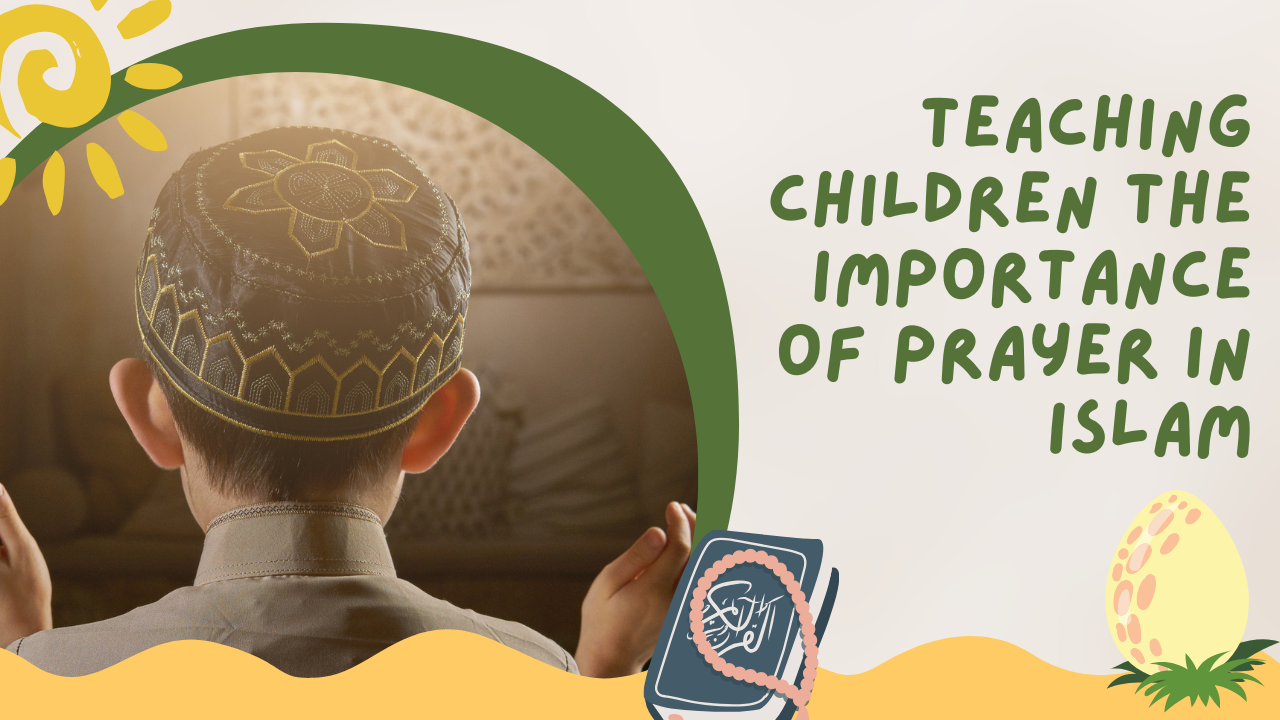Have you ever dreamt of opening the door to a rich and vibrant culture for your child?
Introduction
The Arabic language, spoken by over 300 million people worldwide, contains a world of fascinating traditions, beautiful literature, and exciting opportunities. But where do you begin when it comes to teaching children Arabic?
This guide offers 10 practical tips to make learning Arabic a fun and rewarding experience for both you and your child.
1. The Arabic Alphabet and Basic Vocabulary
Every language journey starts with the basics. When teaching Arabic to children, the first step is introducing them to the Arabic alphabet, known as the "Abjadia". The Arabic script has 28 unique letters, some with different forms depending on their position in a word.
Don't let this seem daunting! Here are some engaging activities to make learning the alphabet fun:
- Matching Games: Create flashcards with colorful pictures and their corresponding Arabic words. Play memory games or matching exercises to help children recognize letters and vocabulary.
- Sing Along: Learning songs is a fantastic way for children to absorb new sounds and rhythms. Find catchy Arabic alphabet songs online or create your own!
- Coloring Fun: Download or create coloring pages featuring the Arabic alphabet. Children can color the letters while saying their names aloud, reinforcing visual memory.
2. Enhancing Learning with Visual Aids
Children are visual learners. Incorporate flashcards, posters, and interactive digital resources to make learning Arabic engaging and stimulating.
- Flashcards: Flashcards with clear Arabic letters and corresponding pictures are a classic learning tool. Use them for quick quizzes, vocabulary games, or even to create your own alphabet chart at home.
- Posters: Decorate your child's room or play area with colorful posters showcasing the Arabic alphabet. Seeing the letters regularly will help with recognition and memory.
- Digital Learning: Explore the world of educational apps and websites designed to teach Arabic to children. Interactive games, animations, and sound effects can make learning a fun and engaging experience.
3. Cultural Immersion
Language is more than just words; it's written culture. When teaching Arabic to children, incorporate cultural aspects to create a richer learning experience.
- Story Time: Read Arabic children's stories, fables, and folktales together. These stories not only introduce new vocabulary but also provide a glimpse into Arabic culture and traditions.
- Music: Expose your child to Arabic music. Start with traditional songs or children's tunes and encourage them to sing along. This exposes them to the sounds and rhythms of the language in a fun way.
- Celebrate Traditions: Learn about and celebrate Arabic holidays and traditions. Explore the meaning behind Eid al-Fitr, Ramadan, or other cultural events. You can even try making traditional foods together!
4. Make it Fun and Interactive
Learning shouldn't feel like a chore! Make Arabic learning an enjoyable experience with games, puzzles, and role-playing activities.
- Game On!: Adapt classic games like charades or Pictionary to use Arabic vocabulary. Create your own Arabic bingo cards or play "Simon Says" with instructions in Arabic.
- Role-Playing: Encourage your child to create scenarios where they can practice speaking Arabic. They can pretend to be at a market, ordering food at a restaurant, or greeting a friend.
- Positive Reinforcement: Celebrate your child's efforts and progress, no matter how small. Use stickers, rewards, or simply offer praise to keep them motivated and excited to learn.
5. Use Technology
Technology can be a powerful tool for language learning. Explore the variety of Arabic learning apps, websites, and online resources designed for children.
- Apps: There are numerous Arabic learning apps specifically designed for children. These apps often utilize interactive games, songs, and animations to make learning fun and engaging.
- Websites: Many websites offer educational resources for learning Arabic, including interactive exercises, vocabulary lists, and even online courses for children.
- Learning Through Videos: Educational YouTube channels or streaming services can provide access to Arabic children's shows, songs, and learning videos. This can be a great way for children to learn in a passive and enjoyable way.
6. Real-World Practice
The ideal language learning environment provides opportunities for real-life practice. Here are some ways to create an immersive Arabic learning experience for your child:
- Finding a Language Partner: Connect with native Arabic speakers through online platforms or community centers. Even a short conversation can be a valuable learning experience for your child.
- Arabic Media Exposure: Watch Arabic children's shows together, listen to Arabic radio stations, or even find Arabic audiobooks for bedtime stories. This will help your child become accustomed to the sounds and flow of spoken Arabic.
- Labeling Your World: Label objects around the house with their corresponding Arabic words. This will help your child associate everyday items with their Arabic names and create a more immersive learning environment.
7. Peer Interactions
Learning alongside peers can be motivating and engaging. Here are some ways to encourage peer interaction in your child's Arabic learning journey:
- Group Activities: Organize playdates or group activities with other children learning Arabic. This can provide a fun and supportive environment for practicing speaking and socializing.
- Language Exchange Programs: Look into language exchange programs where your child can connect with a native Arabic speaker online or in person. This allows them to practice conversation skills and learn about each other's cultures.
- Study Groups: Form a study group with other parents and children interested in learning Arabic. This can create a sense of community and provide opportunities for collaborative learning.
8. Celebrate Milestones
Learning a new language takes time and effort. It's important to celebrate your child's achievements, no matter how small, to keep them motivated.
- Big and Small Victories: Acknowledge and celebrate every step forward, from mastering a new letter to successfully completing a learning activity.
- Rewarding Progress: Consider offering small rewards for achieving specific goals. This can be a great way to keep your child engaged and motivated in the long run.
- Creating a Supportive Environment: Make learning Arabic a positive and supportive experience. Be patient, encouraging, and create a safe space where your child feels comfortable making mistakes and trying new things.
9. Be Patient and Persistent
Remember, language learning is a marathon, not a sprint. Be patient with your child and avoid getting discouraged by slow progress.
- Setting Expectations: Set realistic expectations for yourself and your child. Learning a new language takes time and consistent effort.
- Staying Motivated: Help your child stay motivated by focusing on the joy of learning a new language and the exciting opportunities it unlocks.
- Making Mistakes: Mistakes are a natural part of the learning process. Encourage your child to see them as learning experiences and opportunities to improve.
10. Use Multisensory Approaches
Children learn in different ways. Utilize a variety of multisensory approaches to cater to your child's individual learning style.
- Auditory Learning: Incorporate listening activities like listening to Arabic audiobooks, songs, or podcasts. Read stories aloud with proper pronunciation and encourage your child to repeat after you.
- Kinesthetic Learning: Engage your child in movement-based activities. Use flashcards with actions like clapping or jumping, or create simple skits to practice speaking Arabic.
- Tactile Learning: Hands-on activities can be beneficial for tactile learners. Try activities like writing Arabic letters with play dough, building models representing Arabic cultural landmarks, or creating crafts related to Arabic stories.
Conclusion
So there you have! By incorporating these strategies, you can ignite a lifelong passion for language and culture in your child.
The journey of learning Arabic opens doors to a vibrant world of opportunities. Your child will gain access to a rich cultural heritage, connect with a diverse community of speakers, and broaden their horizons for the future. Embrace the adventure, celebrate the successes, and take on this exciting language learning journey together!









